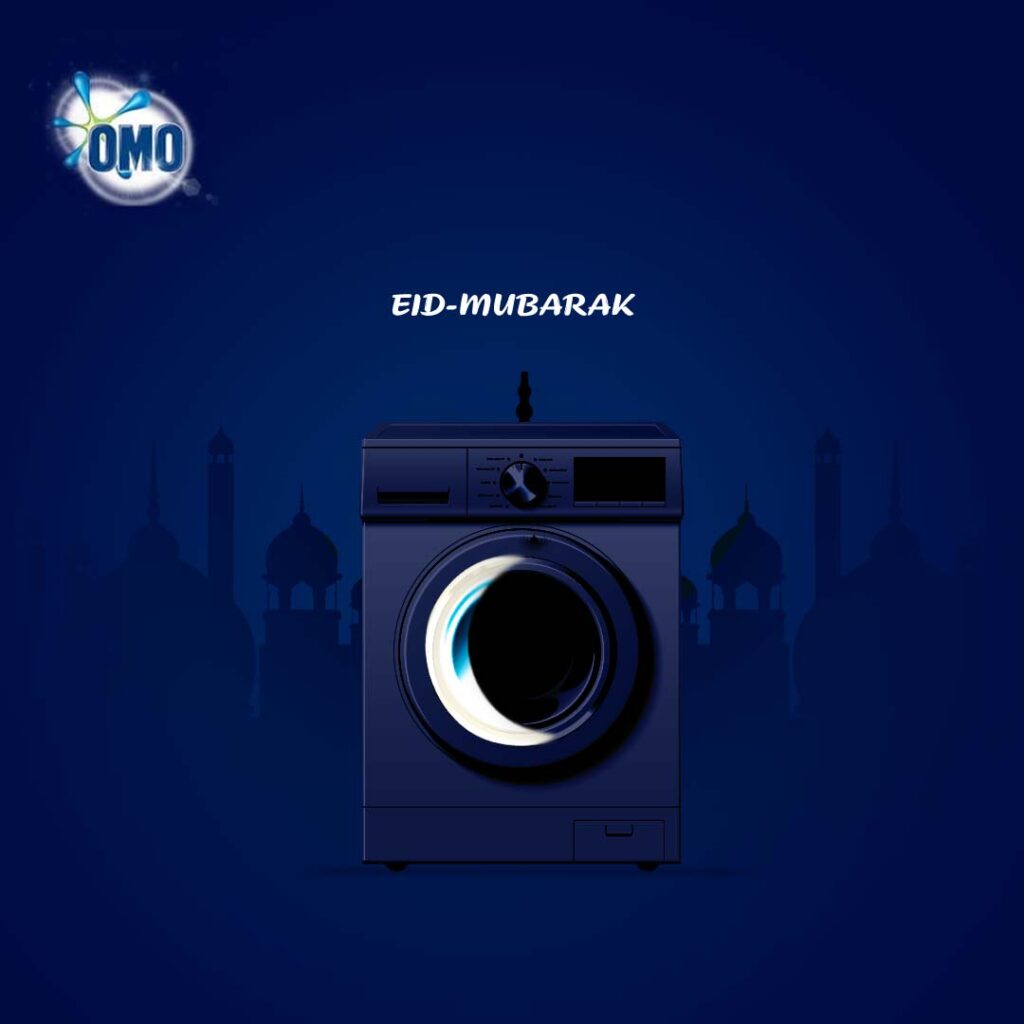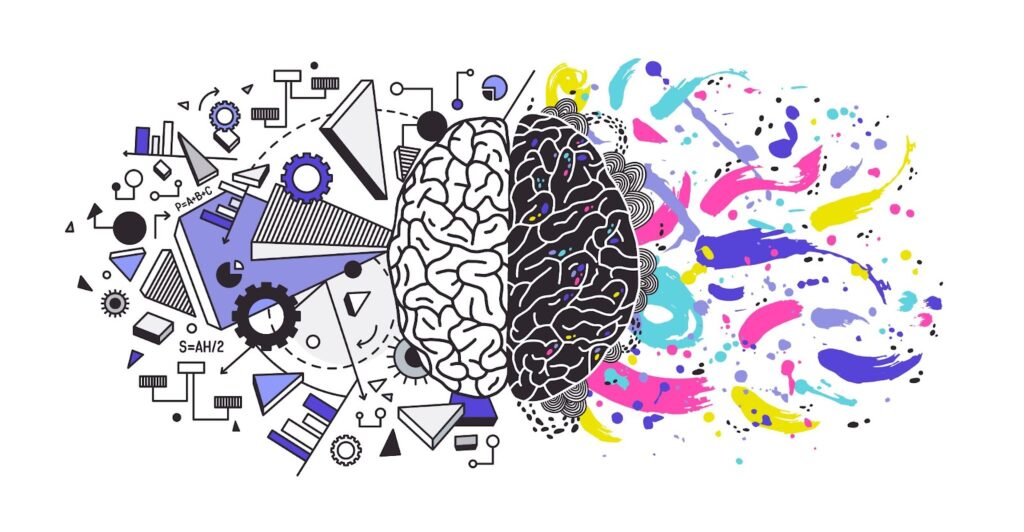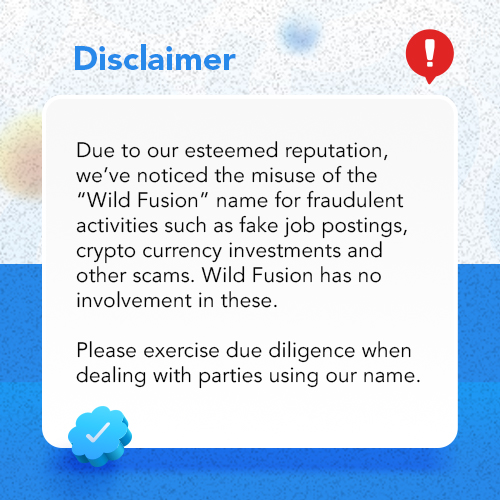Welcome to the dynamic world of creative design, where pixels dance, and creativity reigns supreme!
Hi my name is Harley H.R, a visual designer, 3d enthusiast and overall a creative human. I experience working as an Art director in the Digital Advertising space with opportunities to have led campaigns and projects that left a smile on all stakeholders (internal and external).
Pixels in Motion (Intro)
At its core, graphic design is the art of visual communication, blending form and function to convey messages, evoke emotions, and INSPIRE ACTION. It’s about harmonising colours, shapes, typography, and imagery to create compelling visuals that captivate and engage audiences.
When thinking of graphic design, the fundamental principles of graphic design passed down from our design ancestors serve as the guiding lights for us—designers, seeking to craft meaningful experiences. Some of these principles include
- Balance, where elements are arranged to create visual stability;
- Contrast, which adds interest and emphasis through differences in colour, size, or shape;
- Alignment, ensuring elements are visually connected and organised;
- Repetition, reinforcing patterns and establishing visual consistency;
- Proximity, grouping related elements to establish relationships and hierarchy.
- Colour, which would be briefly covered in this article.
Together, these principles form the cornerstone of effective graphic design, guiding designers on their creative journey to give every pixel a personality
The Psychology of Pixel Power
Do you remember that time Coca-Cola went all in with their iconic red? Made the current known universe accept that Santa Claus wears Red. Now the brand doesn’t just stand out in a sea of soda—it owns that emotional connection associated with the colour Red such as passion, energy, and excitement. Such that when you crack open that fizzy bottle, you’re not just drinking a soda—you’re sipping on pure adrenaline!.
Let’s delve a little deeper into the psychology behind mesmerising hues. Colours shape how we perceive brands and products. For instance, the Lipton tea brand uses the colour Yellow as it’s primary colour; studies have shown that yellow 🟡 evoke the emotions of joy, happiness, optimism, idealism, imagination, hope, sunshine, summer, gold, philosophy, and friendship. [A]. These emotions create a sort of Innocent archetype, and promotes such values as positivity, optimism and thoughtfulness [B] when anyone happens on the brand, and it’s secondary Red 🔴 injects energy and excitement into the mix. It’s no wonder that the Lipton team has had campaigns such as the one represented in the Television Commercial (TVC) below
or even this
which expresses idealism, positivity and optimism.
(At this point, it is important to note that the principles of design do not work in isolation, and in the same way, a great visual would be accompanied by other vital elements of advertising to effectively drive home the message. One of such elements is a spellbound COPY).
We could go on to talk about why Instagram’s “like” button is a soothing shade of heartwarming red or why the sky is blue 😏 (need to be sure you’re still reading), but let’s suit up and take a stroll into a battlefield.
Lessons from the Design Dungeon
Let’s analyse together a mission straight from the trenches. A request comes in from a client in the hospitality industry, and they want to evoke a sense of premium lifestyle. Cue the metallic gold hues and easy-on-the-eyes black —suddenly, the brand savours a wine in luxury, poise and impeccable timelessness peace faster than you can say “Acropolis.”
But it’s not always smooth sailing in the journey of colours. The client might insist on a neon orange explosion that could light up the night skies. Lesson learned? Sometimes, less is more, and a little restraint goes a long way in this world of colour.
The Future Looks Pixel-Perfect
As I gaze into the crystal ball of design, one thing is certain: the adventure never ends. With every project, we as designers would uncover new shades of inspiration and fresh insights into the power of colour. Whether we’re crafting a cozy brand identity or launching a high-octane ad campaign, colour will remain our trusty sidekick in the quest for greatness.
Lipton Independence Day AR filter
Brand managers, creative leads and all stakeholders must recognize the unique opportunities and challenges presented by these immersive platforms. Harnessing the power of colour psychology, brands can create experiences that resonate deeply with users, evoke emotions, and leave lasting impressions. From guiding users through virtual environments to influencing purchasing decisions,, colour choices play a pivotal role in shaping how our brands are perceived and in driving desired actions. Therefore, we should immerse ourselves in
- Understanding the cultural and psychological nuances of colour,
- Optimising designs for immersive experiences, and
- Maintaining brand consistency across platforms.
By embracing the principles of colour psychology and adapting them to the evolving landscape of augmented and virtual reality, brands will unlock new levels of creativity and connection with their audiences, ensuring their presence remains vibrant and impactful in the digital realm.
So go forth, brave designers, and paint the digital world with all the hues of your imagination—where every pixel packs a punch, and every colour tells a tale!






